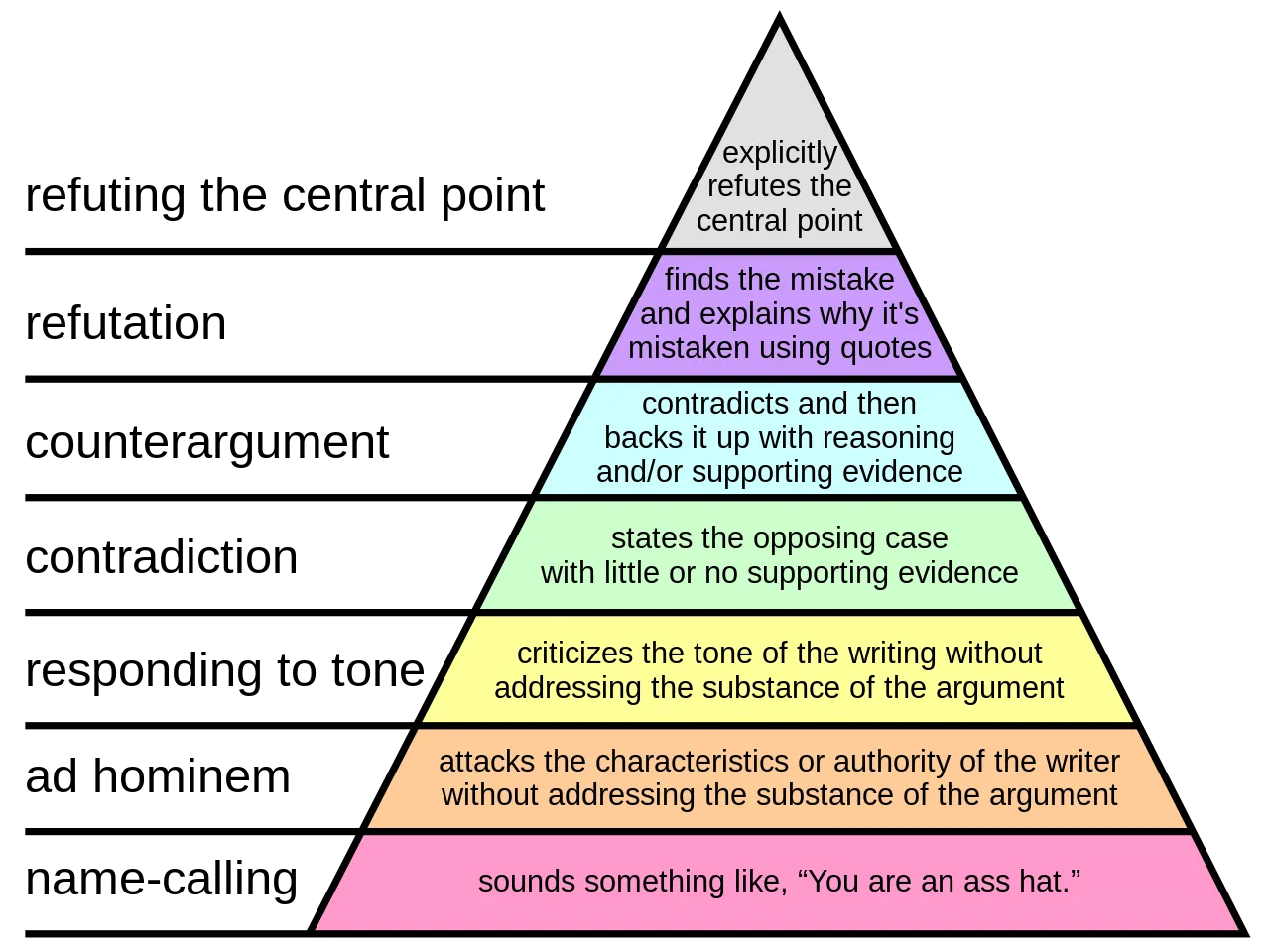
background by @novaatebatman
Logic is the basic principle for mathematics and information technology, but it can be also used in political and philosophical argumentation. Many people like to say “that is logical” when they actually mean “that makes sense”... as someone who learned and likes how strict the concept of logic is, I would love if more people would stick to it's actual definition – I am usually no grammar nazi but this is important to me.
What is logic in the context of a debate?
The great thing about logical argumentation is that if you agree on the premises there is no way to deny the conclusion. Most of the time that leads to the insight that one of your premises must be wrong or at least needs some correction. A premise is a common value or definition that you and the people you are arguing with can agree on without further discussion. As a short example:
Premise 1: Every person should be free to do what they want!
Premise 2: Murderers should be in prison
Premise 3: You are not free when you are in prison
Premise 4: Murderers are people
Conclusion from 1+4: Murderers should be free
Conclusion form 2+3: Murderers should not be free
The most important rule in logic is that something can not be wrong and true at the same time. This is the very definition of a contradiction or what people like to call cognitive dissonance (I hate that word) . Which premise would you get rid of to solve the contradiction?

https://en.wikipedia.org/wiki/Wikipedia:Arguments_to_avoid_in_deletion_discussions
The language of first-order logic
I will skip talking about “the classic logic” to avoid confusion. First-order logic - we call it attribute logic in Germany - is more powerful than classic (p,q) logic. You have objects that are defined as small letters (a,b,c...) and capital letters with brackets showing their attributes (F(x), G(x), H(x)...), you also have some signs/vocabulary showing the relation of objects
„=“ means the objects are identical (not only equal in a mathematical way but the very same object)
„:=“ means you are defining a word or symbol
¬ := “not”
∧:= “and”
∨:= “or”
→:= conditional (“if..then...”)
↔:= biconditional (“only if... then..”)

http://inkfish.fieldofscience.com/2012/11/math-phobes-experience-arithmetic-like.html
I do use “and” and “or” instead of “∨” and “∧”. A quick example for the others:
a:= Tobi , F(x):=x is bored; “¬F(a)” then translates to “Tobi is not bored”
a:= Tobi , F(x):=x is bored, G(x):= x is on Steemit; “G(a)→¬F(a)” translates to “Tobi is not bored when he is on Steemit”
a:= Tobi , F(x):= x conquered the world , G(x):= x stops ; “G(a)↔F(a)” then translates to “Tobi will only stop if he conquered the world!”
Proofs
I will make some examples for logic proofs in future posts. Understanding the above and the basics of set theory is actually half a semester of logic. So do not worry if all this mathematical jibberish is a little overwhelming at first. Feel free to ask any questions in the comments. If you want to read thoughts about logic from important dead people than I recommend Hegel